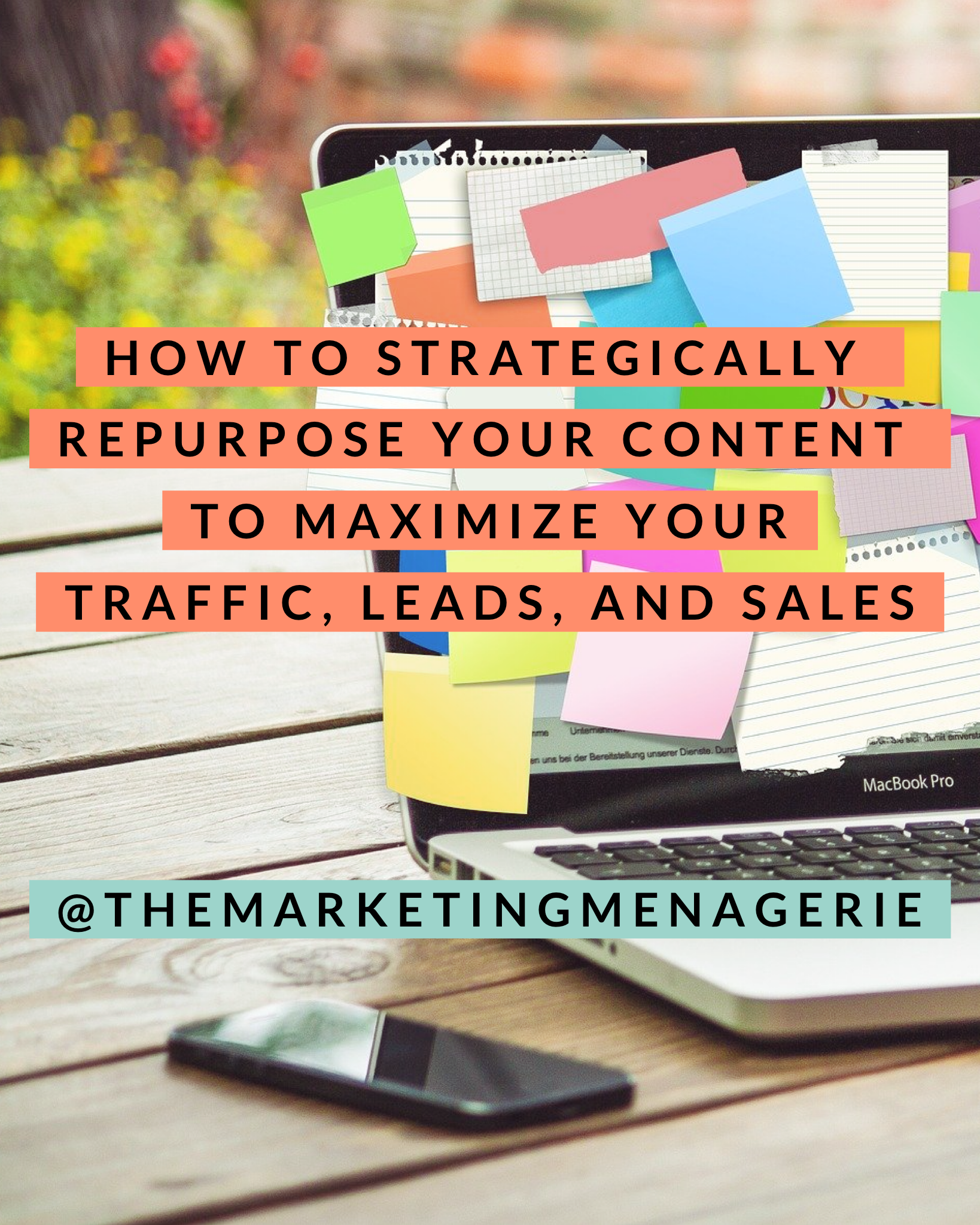 Imagine you’re at the grocery store, choosing between two apples.
Imagine you’re at the grocery store, choosing between two apples.
Shiny and waxy to the touch, both are totally free of bruises and pretty much identical in weight and size, too.
So, which do you choose?
Decisions, decisions.
On a whim, you place one in your cart and drop the other right back into the bunch.
And that’s that.
But here’s some food for thought…
What becomes of the apple you left behind?
 Unfortunately, there’s a pretty good chance it up in the garbage.
Unfortunately, there’s a pretty good chance it up in the garbage.
In fact, roughly 50% of all produce is thrown out of grocery stores, at the cost of roughly $150 billion annually.
The average American family of four squanders $1,600 worth of perfectly good produce per year.
Generally speaking, people are wasteful.
And that waste comes with a hefty price tag.
And this doesn’t just apply to what you’re neglecting in your fridge (…or how much time you’re spending on Facebook).
You need to be wary of unforeseen waste in your business too.
In fact, if you’re marketing online…
One of the greatest enemies you face comes in the form of waste!
With everything there is to do…
- Building your audience
- Engaging them
- Branding yourself
- Writing blog posts
- Going Live
- Crafting killer ads
- Emailing your list
- Following up one-one-one
- Automating your sales process
…you simply can’t afford to waste any time, energy, or effort, because that’s a TON of content and media you gotta write, record, produce, and design.
Unfortunately, though…
Most marketers are flying blind when it comes to their content creation strategy
 I’ve got good news, though.
I’ve got good news, though.
Chances are you’re overthinking the process and can dramatically reduce your workload by squeezing the maximum amount of value out of everything you create.
History teaches us to find hidden opportunities to repurpose what would otherwise be wasted.
What do I mean by that?
For starters, stop thinking of a blog post as just a blog post, or a Facebook Live as just a Facebook Live, or an email as just email.
To see what I mean, let’s look at an old-school example from the most unexpected of places.
How Henry Ford turned trash into treasure
Think about the great American pastime of grilling.
You know, backyard barbecues by the pool with hot dogs, burgers, and endless cans on ice.
That aroma of grilled meat over charcoal represents pure Americana, doesn’t it?
Well, charcoal itself has a pretty fascinating history.
And it’s also a brilliant lesson in marketing too.
Let’s rewind back to the early 20th century.
Henry Ford was busy selling an absolutely insane amount of automobiles to the American public.
By 1919, one million Model T’s were flying off the assembly lines
 Now, those vehicles required a ton of wood to assemble.
Now, those vehicles required a ton of wood to assemble.
From the frame and the spokes to the interior and beyond, Ford quickly realized that he needed acres of forest if he wanted to keep his company’s momentum going.
So Ford befriended a Michigan real estate agent named Edward G. Kingsford with the intention of investing in land in upstate Michigan to harvest the necessary timber to meet the demand for the Model T.
And so he did.
300,000 acres worth.
But there was a slight problem…
Ford’s sawmill was producing an insane amount of waste
…in the form of mountains upon mountains of sawdust.
Ford didn’t like the idea of seeing these raw materials cast aside.
So, working with a chemist, Ford discovered that he could combine the sawdust with tar and cornstarch to create charcoal briquettes.
And with the help of Kingsford, Ford began selling his excess briquettes to industrial smokehouses.
Trash into treasure!
And now you know where Kingsford Charcoal gets it’s name.
However, there were so many briquettes being produced and not enough salmon in the world needing to be smoked, so they had a surplus of inventory.
Ford then came up with an idea…
(Hint: this is where the concept of repurposing really comes into play)
Based on his own decadent camping experiences with the likes of Thomas Edison and Harvey Firestone (of Firestone Tire and Rubber Company)…
Ford decided to manufacture “picnic kits”
 …to be sold at Ford dealerships across the country.
…to be sold at Ford dealerships across the country.
These kits included charcoal briquettes and portable grills, and marketed the idea of families going camping and grilling in exotic locations.
It was a hit.
And popularity soared even further in 1951 when the Weber grill was invented.
And the rest is history.
It all started with sawdust, though.
What would otherwise be waste eventually grew into its own empire.
Pretty cool, right?
Now let’s return to your business.
How to discover your own “sawdust”
Take Gary Vaynerchuk as an example.
The guy’s a master at repurposing and distributing content.
Each episode of The #AskGaryVee Show is broadcast live on Facebook, uploaded to YouTube, converted into a podcast, turned into blog posts, and clipped into micro-content for social media (and I probably missed a few steps along the way).
See how that works?
I even got the idea for this post watching a video where he made the following comment:
I want you to take a step back and ask yourself how you can create a weekly podcast or a daily video show that can lead to other pieces of content or micro-content. It’s all sawdust. I’m fascinated by sawdust. It’s the byproducts of your output whether you’re a podcaster or a writer or entrepreneur. It’s someone who took the sawdust after cutting a bunch of 2x4s, repackaging it and then selling it. Figure out your sawdust.
Now, this might not directly reference the Kingsford Charcoal story, but I got inspired to read more about sawdust, and turn that story into a Facebook Live.
Think about that for a second…
How to 10x your content creation with minimal effort
To recap: this blog post began its life as a Facebook Live.
Afterwards, that Live was uploaded to YouTube, converted to a podcast on SoundCloud, and turned into a blog post (which you’re reading now), which will get shared across Facebook, Twitter, Pinterest and LinkedIn.
And it all started with a passing comment.
Additionally, this story could also be used on a webinar, in a sales letter or video, or as a talking point in any type of presentation or conversation.
The takeaways here?
- There are endless opportunities to repurpose and repackage anything you produce to get more mileage from it
- Each piece of content you consume is an opportunity to create something of your own
Seriously, read something recently that inspired you?
Heck, did you learn something new this week?
Awesome!
Write about it. Post about it. Record something about it.
A single idea could be the catalyst for a blog post, video, email, or all of the above.
In short, you should never let your potential sawdust go to waste.
Creating a more efficient content process
Perhaps the key to making all of this work is devising a plan.
You see, when you have too many ideas floating around in your head, a few of them will get lost in the shuffle.
So planning out your content in advance ensures your good ideas don’t fall by the wayside.
My first rule?
Never consume a piece of content without producing something in return.
Whenever you read a blog post or watch a video, take notes in some way, shape, or form.
That way, you better retain what you’ve learned and can put your own spin on it, when it’s time to share it with your audience.
There are so many tools out there to help you keep track of your ideas and inspiration, too.
- Evernote,
- Pinboard,
- Instapaper,
- Pocket,
- Good old fashioned pen and paper!
…you name it!
Using these tools, you can quickly build up a bank of ideas, which will leave you with no shortage of inspiration for future content.
That way…
You don’t have to worry about inspiration magically finding you
…it’s already there.
So next time you sit down to compose or record something, you already have a valuable lesson to share.
And ideally, you also have your “sawdust plan” ready to help you squeeze even more out of what you create.
Listen: content creation is one of the biggest pain points of most marketers.
That’s why repurposing and repackaging your content is so vital.
You should never let your hard work go to waste.
And by creating a wide variety of content types for your audience to consume, you’ll be sure to maximize your chances of finding new prospects on the social network where they like to hang out.
Are you ensuring your content doesn’t go to waste?
Okay, so we’ve discussed how to create a whole bunch more content without spending a whole bunch more time doing it.
And that’s great.
But here’s the thing…
In today’s age, just creating content isn’t enough.
You also need to have a comprehensive TRAFFIC strategy for…
- Targeting the right audience
- Building that audience
- Engaging that audience, and
- Converting that audience into clicks, leads, and sales!
You can create content until you’re blue in the face…
But if you don’t have a marketing plan to drive traffic, no one will see all your hard work
Luckily this doesn’t have to be an expensive or time-consuming proposition…
Because we’ve put together a step-by-step tutorial that reveals our exact advertising process in a 100% FREE online workshop, hosted by none other than Tim Erway, co-founder and CEO here at Elite Marketing Pro, who’s responsible for generating over 30 million dollars in online revenue (and counting).
You’ll discover how you can put together a profitable ad campaign in just 10 minutes a day with as little as $10 in initial ad spend.
In fact…
We’ve used the exact formula to turn a $10 test campaign into $141,246.30 in sales.
And Tim will show exactly how we did it.
So if you haven’t registered yet, what are you waiting for?
Pick a time that works for you to attend Tim’s traffic workshop right here: https://elitemarketingpro.com/r/n9bzr

Guest Writer: Andrew Draughon
Director of Content
Elite Marketing Pro
